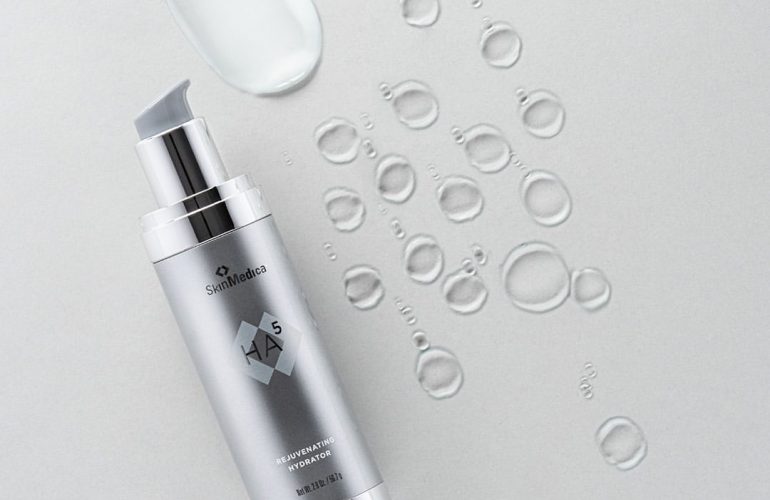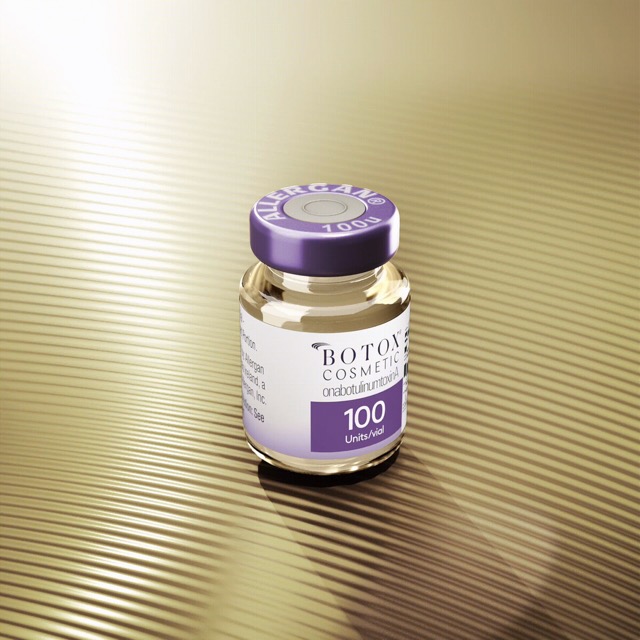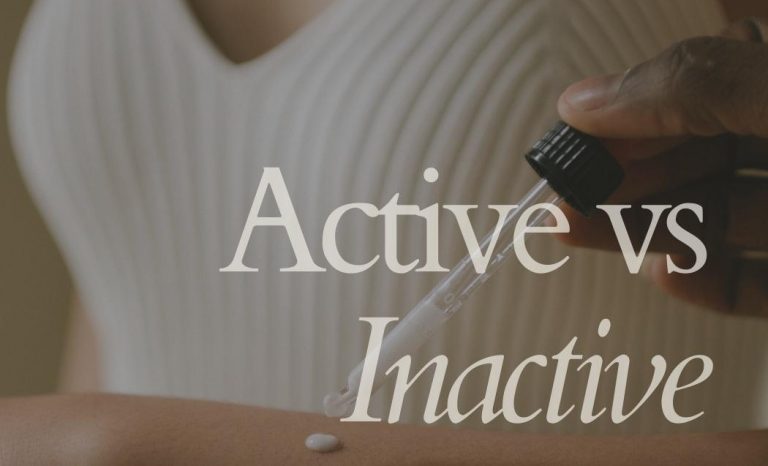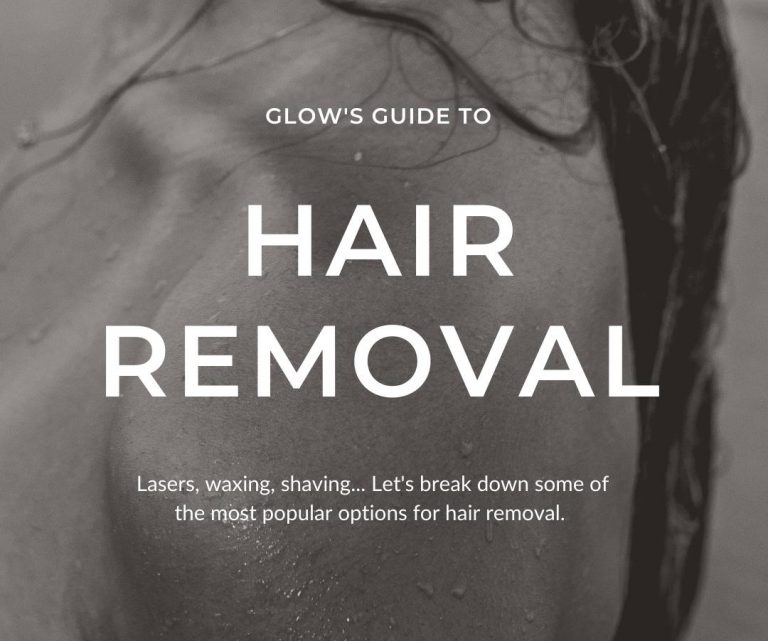You may already know that both hyaluronic acid and retinol are excellent anti-aging ingredients. They work in different ways to help your skin look and feel younger. But you might be wondering if it is safe to use them together?
The answer is yes! Both ingredients work in tandem to effectively minimize wrinkles and fine lines while keeping skin hydrated. Aging skin needs more hydration to stay supple, firm, and smooth. Retinol is a proven anti-aging powerhouse, but it’s also dehydrating, which can make wrinkles seem more pronounced.
What is Retinol?
Retinol is a form of vitamin A that can be used to treat acne, wrinkles, and skin discoloration. Retinol is known to be one of the most effective anti-aging ingredients available because it helps boost collagen production and reduce the number of free radicals in the skin.
What is Hyaluronic Acid?
Hyaluronic acid is a natural substance found in the human body. This substance has amazing skin rejuvenation benefits including the ability to target dry patches on the skin and improve elasticity.
What's the right way to use them together?
This is an excellent question! Yes, we recommend following the below steps.
- Apply hyaluronic acid serum around 30 minutes after applying retinol, so that the retinol treatment has time to dry and soak into the skin before moisturizing.
- For those with dry or sensitive skin, it can be helpful to use a hyaluronic acid serum before retinol application, and then apply more moisturizer or serum 30 minutes after the retinol has dried.
Is there a certain way to do it to get the most benefits?
- Apply a moisturizer or hyaluronic acid in gel form around 30 minutes after applying retinol so that the retinol treatment can dry and soak into the skin before moisturizing.
- For those with dry or sensitive skin, it can be helpful to use a hyaluronic acid serum before retinol application, and then apply more moisturizer or serum 30 minutes after the retinol has dried.






